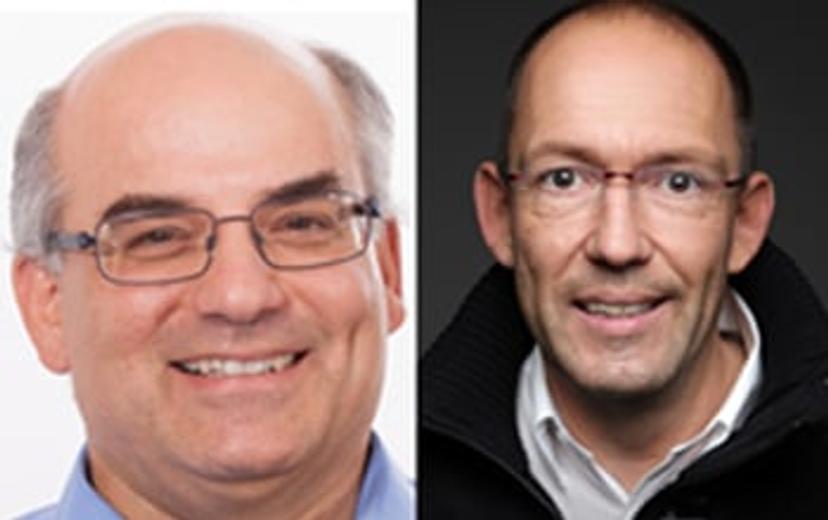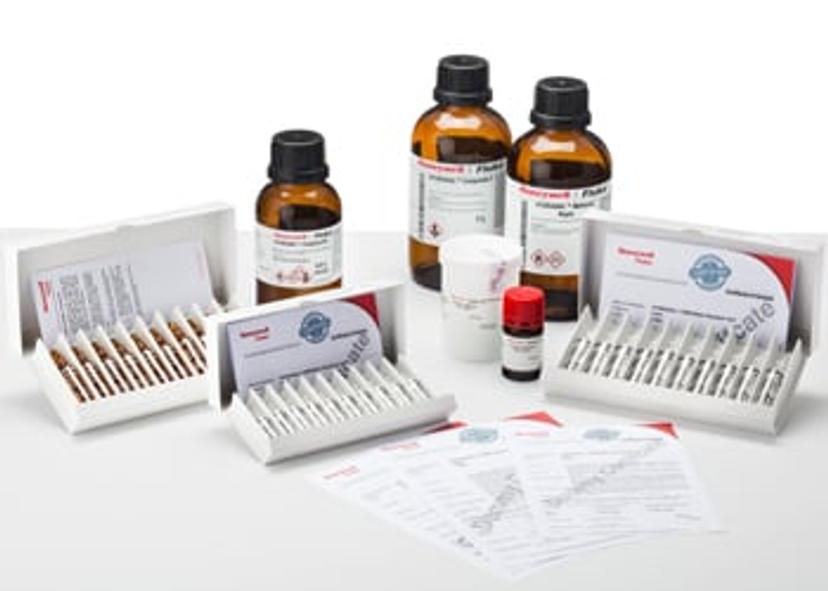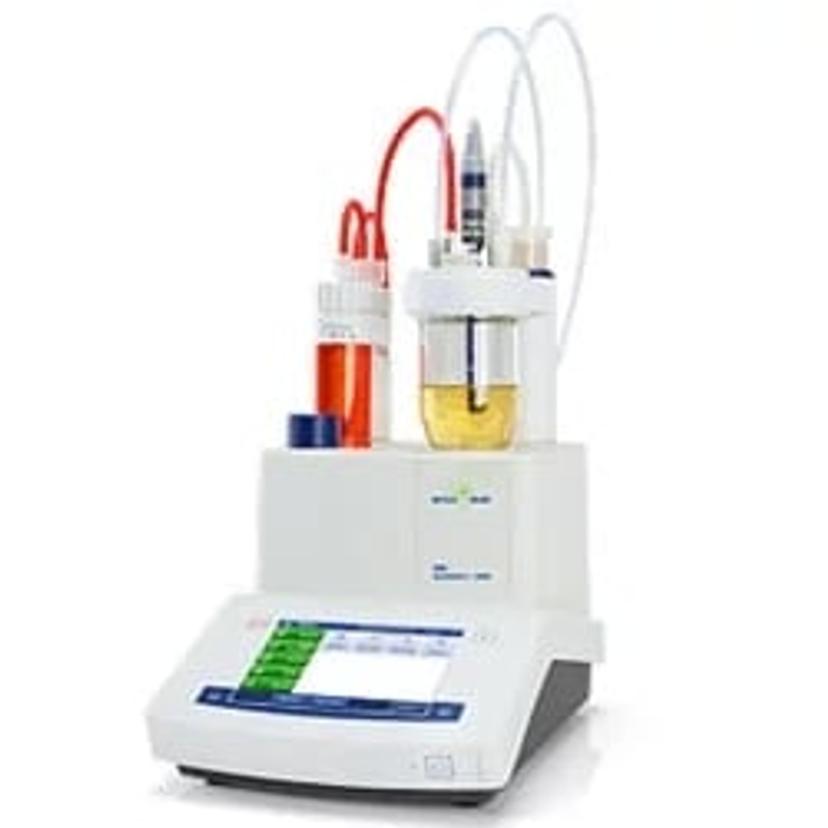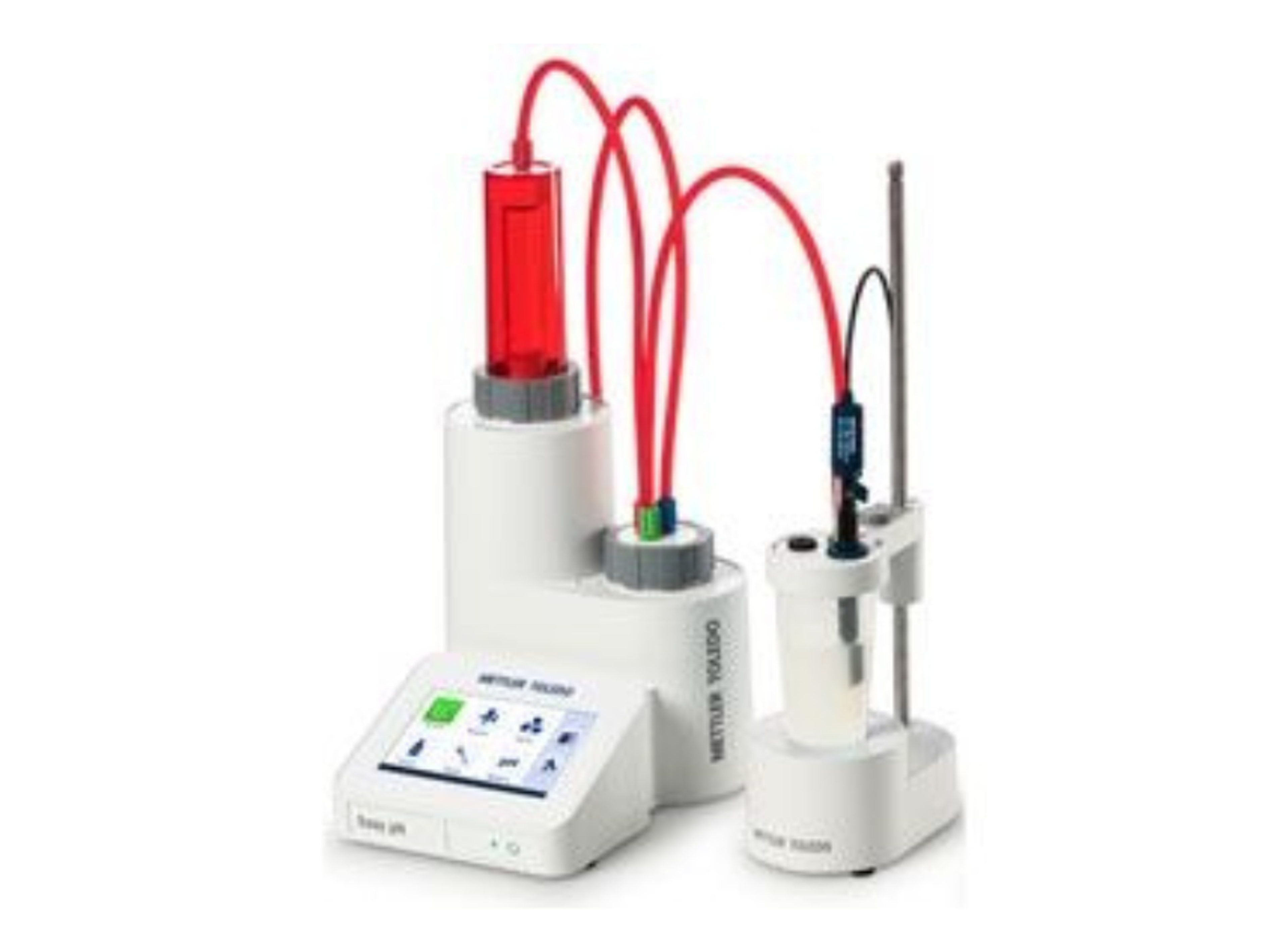Top Tips to Get the Best Karl Fischer Titration Results
Find out what you need to know to perfect your titration, from using different reagents and solvents to sample preparation techniques
18 Jan 2019
Karl Fischer titration is a classic titration method that uses coulometric or volumetric techniques to determine water content in a sample. Water can only be titrated if it is freely available so it's important to consider sample preparation before carrying out Karl Fischer titration.
In a webinar now available on demand, Cosimo De Caro, senior applications chemist at Mettler-Toledo GmbH, and Thomas Wendt, supervisor of Hydranal Center of Excellence team at Honeywell Research Chemicals, highlight how to optimize Karl Fischer titration processes, leading to accurate and improved results. Their top tips include advice on enhanced sample preparation and choice of Karl Fischer reagent, as well as the selection of suitable solvents.
If you missed the live webinar, you can now watch it on demand at a time that’s convenient for you. Read on for highlights from the webinar’s live Q&A session.
Watch Webinar Now
Q: What advice do you have on how to prepare for the analysis of a sample of ink which may or may not contain ketonic resins?
CC: First of all, it depends on what kind of ink it is. Is it a solid or a liquid ink? From the question, I have the impression that this is a solid one. As ketones lead to side reactions, if the sample is solid, or a very viscous paste, then we should use a Karl Fischer oven to evaporate water from the system before transferring the sample into the titration cell.
Q: What are the side effects of the basic pH of the solution?
TW: If basic samples shift the pH in the titration level into the alkaline range, this results in additional consumption of iodine and the titrator counts this as water resulting in increased recovery of water. Slightly basic conditions result in fading endpoints. Strong basic conditions do not allow any endpoint at all. To avoid those effects, the titration vessel must be buffered. The buffer concentration must be adjusted depending on the grade of pH-effect. Buffering is always required if pH in the titration vessel is higher than the ideal range of 5.5 -6.5. Special buffers supporting this are available.

Q: What if you use HPLC-grade methanol, what is the effect?
TW: As long as pure methanol is used in any kind of grade, then it is okay. We don’t recommend using technical grade of methanol which might contain impurities. Those impurities can cause side effects. Technical grade methanol is not recommended as solvent for Karl Fisher application at all. If purity of the chosen methanol is ok but its water content is higher than the dry conditions of special methanol dry (<100 ppm), this water will be eliminated while pre-titration. This approach works fine but consumption of titrating agent will be increased.
Q: Why does my Karl Fischer titrator V20S not recognize the titrant concentration when reading the information on the RFID chip of the burette? It always reads Composite 2 missing, after changing to Composite 5 from 2. What can I do to prevent this?
CC: First of all, it is very important that the titrant defined in the titration method of the instrument is the correct one. Second, the defined titrant is also to be stored in the RFID chip of the burette. There is indeed an RFID chip containing all the information about the titrant. Thirdly, it is very important that burette recognition is working. There can be a problems if either the RFID chip or the antenna which is built into the titrator is damaged. In this case, I suggest that the customer contact a specialist service technician for this.

Q: Is it possible to determine the water content of a toothpaste sample with a limit of 25 to 30%? If yes, what should the sample size be? And what should the minimum time be to get good results?
CC: With such a high water content, you should work with a volumetric technique, and in this case, I suggest Composite 5, as a titrant. I would advise that the sample size be below 100 milligrams. You could also prepare a stock solution of toothpaste and then inject aliquots in order to speed up the titration time.
Q: For a very difficult sample to dissolve when there's no oven, what's the best way to make the determination?
TW: First step is changing the solvent system to make it more suitable regarding solubility purpose of a special sample. General rules to follow are, if a sample requires less polar conditions addition of chloroform or xylene is the right approach, if a sample requires more polar conditions the addition of formamide can be of help. Next step can be to warm up the titration vessel to 40-50°C, special equipment even allows boiling conditions. An additional approach is to increase the surface of the material by grinding externally or to build in a homogenizer directly to the titration vessel. Even a combination of all these aspects is possible.
Find out more on this topic by watching the full webinar on demand>>
SelectScience runs 3-4 webinars a month across various scientific topics, discover more of our upcoming webinars>>


